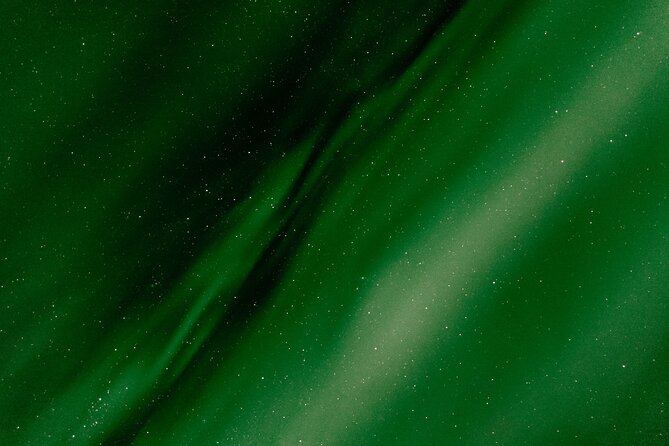Serpens Constellation | Facts About The Serpent
Serpens is one of the larger constellations, and it’s definitely one of the most interesting too. It is the only constellation that is essentially split into two parts; Serpens Caput and Serpens Cauda. Let’s take a look at some of the facts about Serpens, and what the two parts of this constellation mean.
- Bordered By; Serpens Caput; Corona, Borealis, Boötes, Virgo, Libra, Ophiuchus, Hercules. Serpens Cauda; Aquila, Ophiuchus, Sagittarius, Scutum.
- Named after; The Serpent
- Declination; Serpens Caput; +25° to -4°. Serpens Cauda; 06° to -16°.
- Brightest Star; Alpha Serpentis
- Best seen; Norther Hemisphere, July
- Size rank; 23rd
- Constellation family; Hercules
- Pronunciation; SIR-PENS
What is Serpens named after?
The name Serpens comes from the Latin for Serpent, or snake. Of course, it is split into two different parts; the Serpens Caput (Serpent Head) and the Serpent Cauda (Serpent Tail). This constellation is linked with Ophiuchus, the Serpent Bearer. These two parts of Serpens lay either side of Ophiuchus, representing him being coiled around by the snake.
Who founded the Serpens Constellation?
Serpens is one of the 48 constellations that we get from Ptolemy, the 2nd Century Greek astronomer. Ptolemy catalogued all of his astronomical findings and a lot of those before, him, so it is difficult to know where this constellation originated. In the majority of atlases throughout the last thousand years, both Serpens and Ophiuchus have actually been represented as one constellation.
How can I see Serpens in the sky?
Serpens is best seen in the Northern Hemisphere. The best time of year to typically see Serpens is throughout the summertime, July and August being the best months.
Main Stars in Serpens
As you can see, there are many different stars in the Serpens constellation to discuss. You can follow along and match up each star with it’s full name using the image below. We’ll star with Serpens Caput, then look at Serpens Cauda.
Serpens Caput
- Unukalhai (α) – Often referred to as Alpha Serpentis, Unukalhai is the brightest star in this constellation, which is fitting as it is right at the neck of the serpent. It is bright enough that it can be seen easily without a telescope from most places on Earth. It’s official name Unukalhai comes from Arabic, and it has an estimated 38x luminosity of the Sun.
- Mu Serpentis (μ) – Mu Serpentis makes up the bottom of the Serpents head, and it’s the third brightest star in the constellation. It is a binary star, made up of a white star and another less known entity.
- Beta Serpentis (β) – Beta Serpentis is found right in the head of the serpent. It is a binary star, with an estimated distance from the Sun of 155 light years.
- Epsilon Serpentis (ε) – This is a single white star that’s approximately half a billion years old.
- Gamma Serpentis (γ) – Gamma Serpentis is also located right in the head of the Serpent, and it’s mass and luminosity are both greater than the Sun.
- Kappa Serpentis (κ) – Kappa Serpentis is also known by it’s official name, which is Gudja – it gets this name from an indigenous tribe from Northern Territory Australia. It is a single star with a red hue.
- Delta Serpentis (δ) – Delta Serpentis is actually made up of a pair of binary stars, located in the upper neck of the serpents head.
- Omega Serpentis (ω) – Omega Serpentis is more than 4 billion years old, which is almost as old as our solar system. It is a solitary star, and a red clump giant star.
Serpens Cauda
- Eta Serpentis (η) – The brightest star in this part of the constellation is Eta Serpentis. It has double the mass of the Sun, and more than six times the radius.
- Xi Serpentis (ξ) – Xi Serpentis is actually a triple star system, with the main star being a giant-white star that has more than double the mass of the Sun.
- Omicron Serpentis (ο) – Omicron Serpentis, is a single lone white-hued main sequence star that has more than double the Sun’s mass and double it’s radius, too.
- Nu Serpentis (v) – More than 200 light years from the Sun and estimated to be 350 million years old, Nu Serpentis is another star of Serpens Cauda.
- Theta Serpentis (θ) – Theta Serpentis is a binary pair that we learned a lot about during the Hipparcos mission in 1989-93. It’s made up of white sequence dwarf stars.
The Sum Up
Serpens is a unique constellation, and being in 2 parts enables it to have a lot of different stars, as well as being one of the larger constellations. It also has an interesting back story to match, too.





